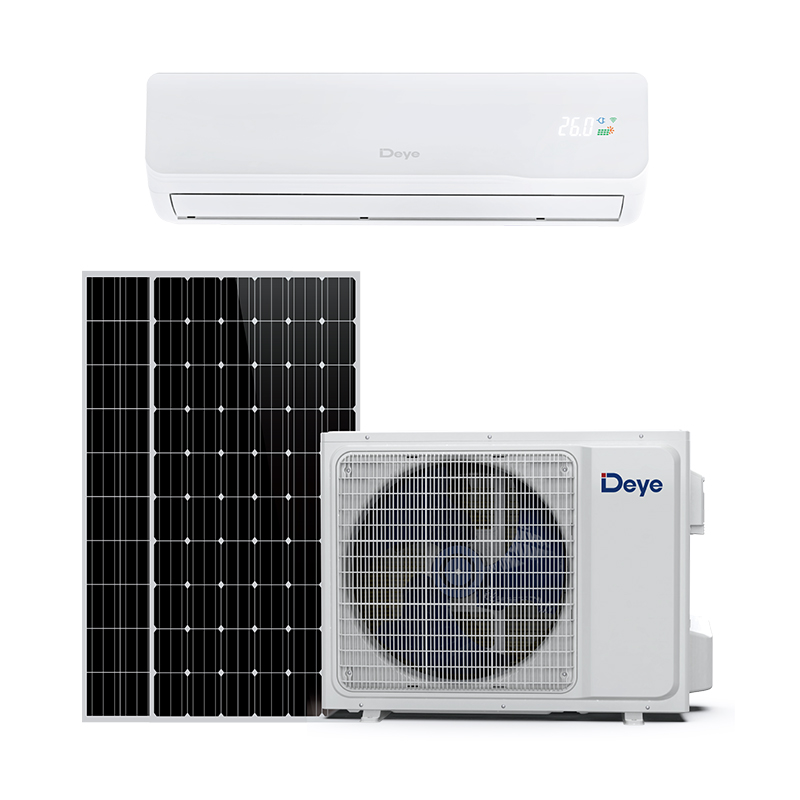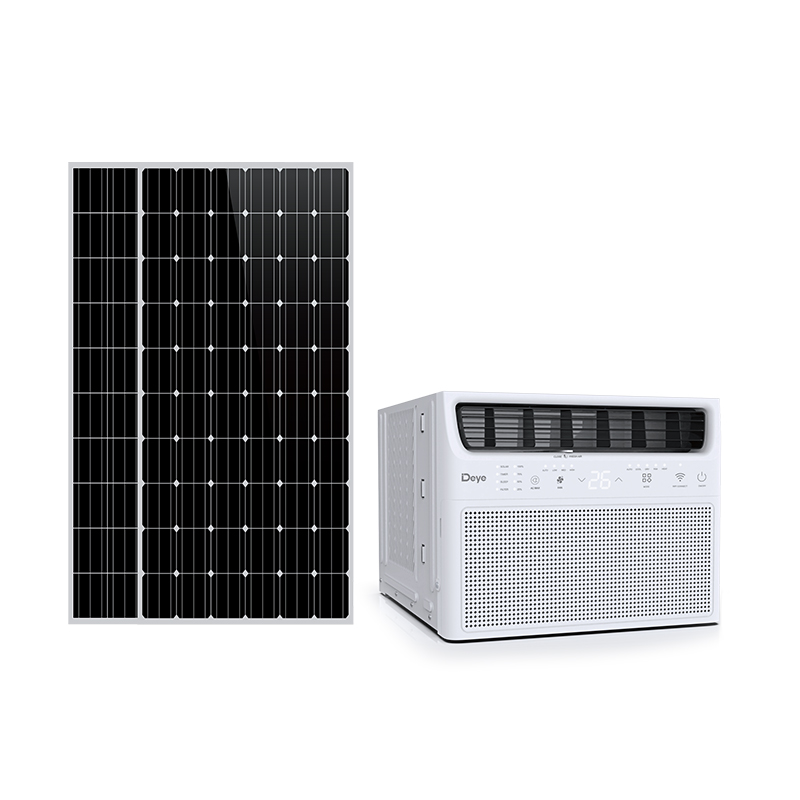One of the primary ways solar heat pumps reduce carbon emissions is by harnessing solar energy, a renewable and inexhaustible resource. Unlike conventional heating and cooling systems that rely on electricity generated from fossil fuels (such as coal, oil, or natural gas), solar heat pumps use the sun’s energy to power their operation. The solar panels convert sunlight into electricity, which is used to run the heat pump, reducing or even eliminating the need for grid electricity. By relying on solar energy, the system avoids the carbon emissions associated with the production and consumption of non-renewable electricity.
Solar heat pumps are designed to be highly energy-efficient. They work by transferring heat rather than generating it, which is far more energy-efficient than traditional methods. In the winter, the system extracts heat from the air, water, or ground (depending on the type of system), and in the summer, it transfers heat from indoors to the outside. This process uses far less energy than traditional heating systems, which burn fossil fuels or consume large amounts of electricity to create heat. The energy efficiency of solar heat pumps significantly lowers overall energy consumption for both heating and cooling, reducing the total energy required to maintain comfortable indoor temperatures.
Traditional heating and cooling systems are largely powered by fossil fuels or grid electricity, both of which contribute to high carbon emissions. By integrating solar heat pumps into buildings, the reliance on fossil fuels is drastically reduced. Solar heat pumps do not require gas, oil, or other carbon-intensive fuels to operate, which reduces the overall demand for such resources. As a result, fewer emissions are generated from the combustion of fossil fuels, leading to a reduction in greenhouse gases and contributing to global efforts to mitigate climate change.
Solar heat pumps reduce the strain on the electrical grid, particularly when integrated with solar panel systems. During daylight hours, the solar panels generate enough electricity to power the heat pump, which means less electricity is drawn from the grid. Since much of the electricity generated on the grid still comes from non-renewable sources, reducing the demand for grid power helps reduce the overall carbon emissions associated with electricity production. In regions where the grid is primarily powered by fossil fuels, this reduction can lead to a significant decrease in the carbon footprint of a building.
Solar heat pumps offer the benefit of dual functionality: they provide both heating in the winter and cooling in the summer. Traditional heating and cooling systems require separate units for each function—such as a furnace for winter heating and an air conditioner for summer cooling. By combining these two functions into a single system, solar heat pumps avoid the need for additional energy-consuming equipment. This consolidation of functions results in less overall energy usage for year-round temperature control, further lowering energy consumption and reducing the carbon footprint associated with both heating and cooling.
Buildings are a significant source of carbon emissions, primarily due to the energy used for heating, cooling, and lighting. By installing a solar heat pump, building owners can drastically reduce the carbon footprint of their operations. A solar heat pump system can provide a significant portion of a building’s heating and cooling needs, reducing the amount of energy purchased from external sources and thus lowering the building’s overall energy consumption and associated carbon emissions. As solar heat pumps become more commonly used in residential, commercial, and industrial settings, their collective impact on carbon emissions can contribute to global efforts to reduce the built environment's carbon footprint.
Over the lifespan of a solar heat pump system, the cumulative reduction in energy consumption can be substantial. The initial energy used to manufacture and install the system is quickly offset by the ongoing energy savings throughout its operational life. A typical solar heat pump system lasts for 20 to 30 years, and during that time, it continually reduces the need for non-renewable energy sources. By providing an efficient, long-term solution for heating and cooling, solar heat pumps play an important role in reducing both immediate and long-term energy consumption.


 Español
Español русский
русский Français
Français Português
Português Deutsch
Deutsch عربى
عربى italiano
italiano





-1.jpg)









